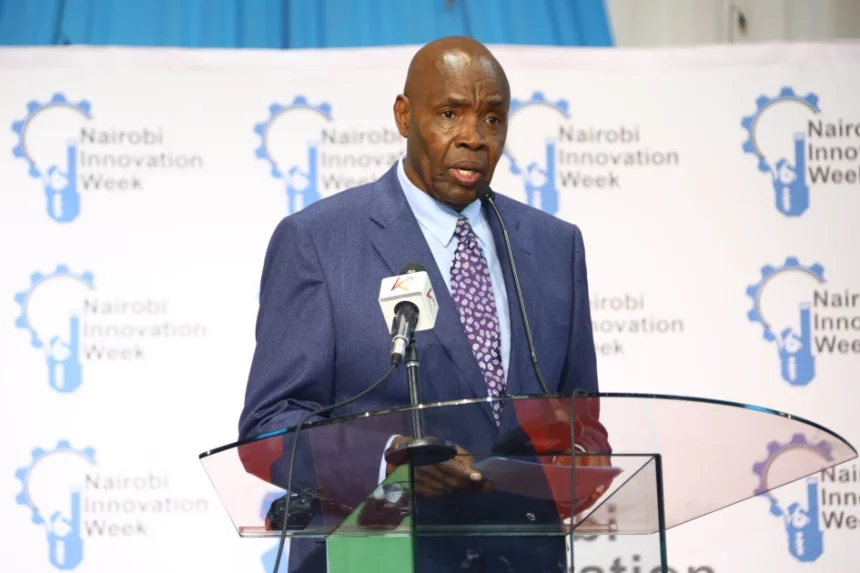Private universities have welcomed the government’s new funding model for higher education institutions, which will see scholarships offered only to students who join public universities.
In a notice in the local dailies on Thursday, the Kenya Association of Private Universities said they were involved in the discussions surrounding the development of the new model and noted all students will be placed into both private and public universities as per their individual choices.
The private universities said the courses offered in both their institutions and public universities will be available on the Kenya Universities and Colleges Central Placement Service (KUCCPS) portal for selection by all students.
This is due to the government’s delinking of student placement by KUCCPS from funding under the new model.
Now, students from private institutions will only be eligible for government loans, not government scholarships like their counterparts in public universities.
The loans will be obtained from the Higher Education Loans Board (HELB).
“Private universities will continue to engage with all stakeholders to ensure that all Kenyan students have equitable access to quality education, research, innovation, entrepreneurship, and employability opportunities for the benefit of their parents, communities, and for the posterity of Kenya,” said the association’s chair, Stephen Ngari.
The KUCCPS portal went live on Wednesday after its launch by Education Cabinet Secretary Ezekiel Machogu.
The 2022 KCSE candidates who attained the minimum entry grade of C+ will enrol for degree courses, while those who got a C grade and below will be absorbed in Technical and Vocational Education Training Institutions (TVET) institutions.
Upon being selected, students in public institutions will be given the option to apply for government scholarships through a “fool-proof tool” that will asses them before being awarded scholarships.
The funding model will see students categorised according to 3 levels of need; vulnerable, less vulnerable and able.
Students from less needy households will receive scholarships of up to 53 per cent and loans of up to 40 per cent.
At the same time able students will be funded up to a maximum of 38 per cent of the cost of the program and 55 per cent in the form of loans.
Those joining TVETs will be funded to the tune of 32 per cent for government scholarships and 48 per cent for government loans.
The application exercise is set to conclude in August and students are expected to report to their respective institutions in September.



